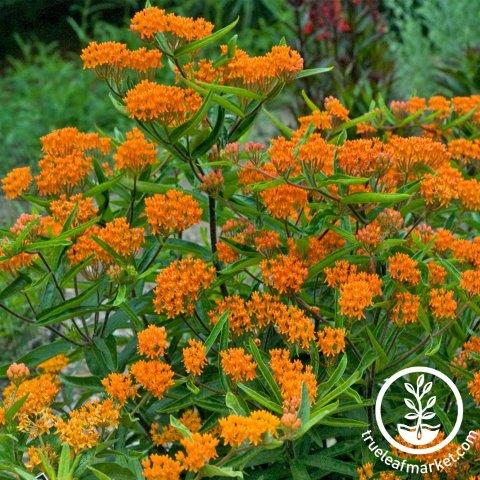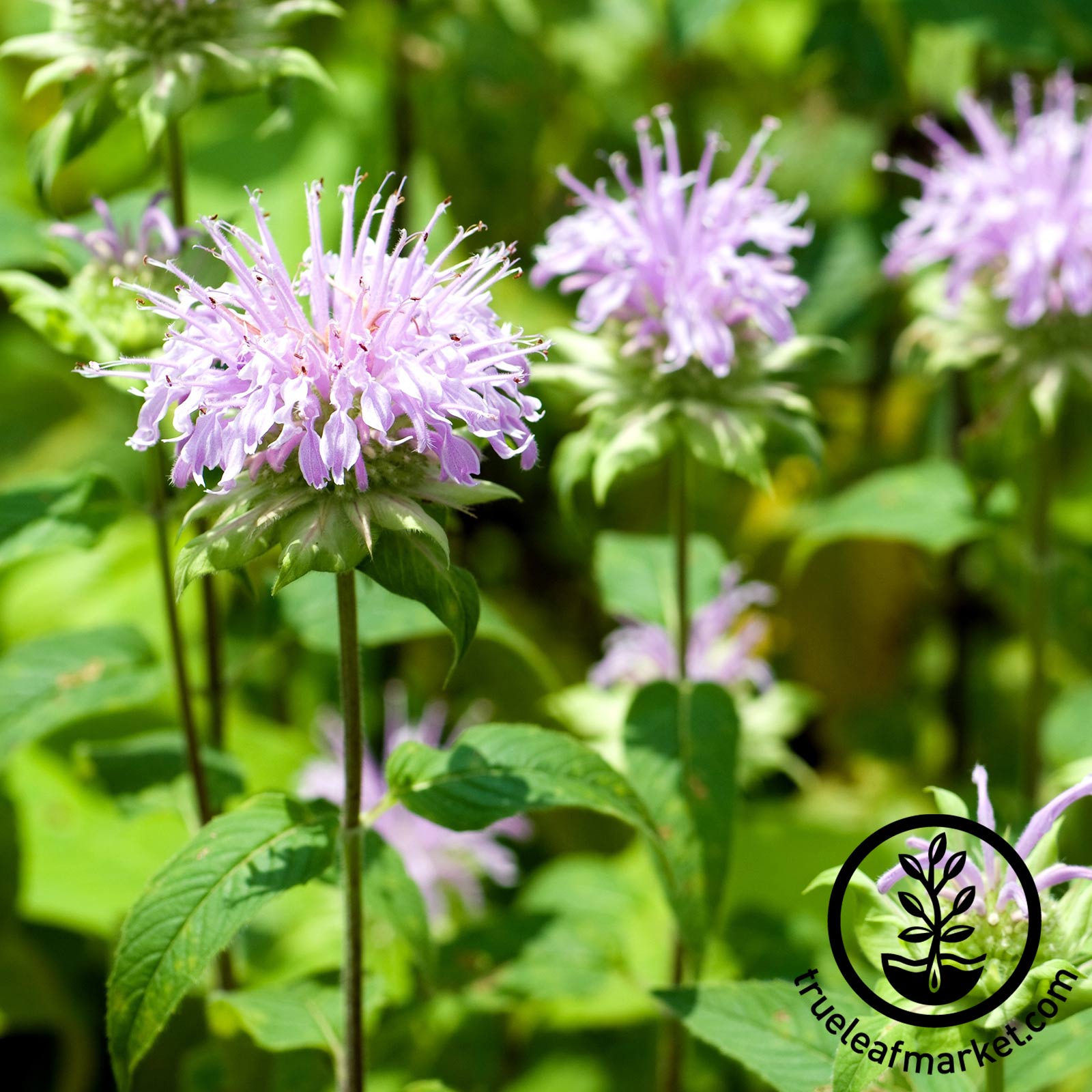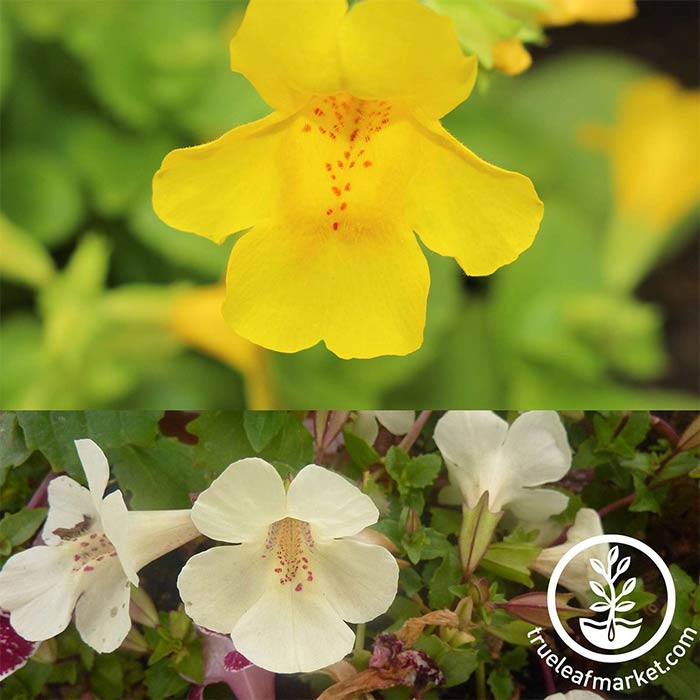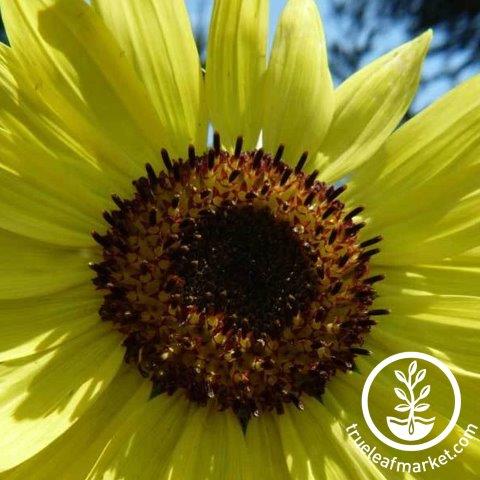
Ashleigh Smith

 |
Written By Lara Wadsworth |
The Northeastern United States is rich with American history, but did you also know that it is rich in plant biodiversity? Nature has learned through time how to work in harmony with the various species that attempt to thrive. They blend together to create balance. This balance is sometimes lost when we plant foreign plants, too many annuals, or use harsh chemicals such as pesticides and herbicides too often. The good news is that reform is always possible. The solution is to plant more natives! Native plants are wonderful because they are already used to living in the area and are well-equipped for it. That means low maintenance! More than that, planting natives also attracts beneficial insects to the area. Beneficial insects are any insects that benefit the garden. This means bees and butterflies but also predatory and parasitic bugs and beetles which work to neutralize and stunt pest populations. Let’s dive deeper into ten popular native wildflowers of the Northeast and what insects they attract!
Purple Coneflower (Echinacea purpurea)
Native throughout North America, the purple coneflower is a crowd favorite for its unique and hardy blooms. It also draws in assassin bugs and parasitic wasps, which target various common garden pests. While it prefers cold stratification, it is generally easy to grow and will thrive in full sun. It is good for the local ecosystem and is a medicinal plant known for the immune system-boosting tea made from its leaves.
Milkweed (Asclepias tuberosa)
Milkweed is nationally recognized for being critical to Monarch butterfly populations, but did you know that it is also attractive to ladybugs and lacewings? Lacewing larvae are similar to ladybug larvae in that they are voracious eaters! They eat aphids, thrips, mites, scales, whiteflies, and more. Milkweed is drought tolerant and blooms in vibrant orange through the summer. Native throughout the Eastern United States, this vital plant is best planted in early spring before the frost is gone completely.
Bee Balm (Mondarda fitulosa)
As the name suggests, bees love Bee Balm’s bright pink and purple blooms. Praying mantises and hoverflies are also attracted to it. Hoverflies can sometimes get mistaken for bees or wasps because of their similar yellow and black coloration, but they don’t sting humans! Their larvae eat vast amounts of aphids and are known for being an essential part of orange tree farming. Praying mantises, on the other hand, can help take care of larger garden pests such as crickets, harmful moths, grasshoppers, and annoying flies. Bee balm is a beautiful addition to any native or pollinator-focused garden!
Red Yarrow (Achillea millefolium var. rubra)
Various types of Yarrow are native throughout North America, generally and especially in the Northeast! This red variety is a beautiful variation on the classic white flowers. Ladybugs and parasitic wasps are known to be attracted to yarrow, and both are great additions to a natural pest control plan as they seek out aphids, caterpillars, scale, and more! Yarrow is also excellent for soil health. When planted alone, it spreads pretty quickly, but when interplanted with other native flowers, it is a fantastic team player.
Lanceleaf Tickseed (Coreopsis lanceolata)
You can find many species of Coreopsis throughout the Northeastern states, but lanceleaf is one of my favorites. The bright yellow blooms are cheerful, and the plant is easy to grow. It is known for being low-maintenance and adaptable to a wide range of soil types. Tickseed attracts tachinid flies and minute pirate bugs, which both are outstanding at controlling populations of aphids, spider mites, and thips. These easy-to-grow flowers prefer full sun.
Monkey Flower (Mimulus ringens)
Perfect for rain gardens or a particularly wet spot of the garden, the Monkey Flower blooms throughout the summertime in many parts of North America. The seeds require stratification but are otherwise easy to grow. Once established, they encourage populations of predatory insects such as damsel bugs, which directly combat aphids, beetles, caterpillars, mites, thrips, true bugs, moth eggs, small larvae, flea hoppers, leafhoppers, treehoppers, and spider mites. Wow! What a buddy to have around.
Blanket Flower (Gaillardia aristata)
Native throughout the United States, Blanket flowers offer warm and inviting colors to the garden, not just for us humans but also for parasitic wasps and predatory beetles. This easy and drought-tolerant native is excellent for dry spots of the garden or for simply adding a delightful burst of color all while increasing native plant presence in the area.
Heliopsis (Heliopsis scabra)
Heliopsis, sometimes called False Sunflower, are easy to grow and drought resistant. They are natively found in central and eastern North America and attract beneficial insects like ground beetles. “Ground beetle” is a very broad term that encompasses hundreds of species of beetles, many of which are incredibly beneficial. They eat essentially all garden pest insects, including other beetles! They are very valuable to have around to keep things in balance.
Sunflower (Helianthus annuus)
The classic sunflower. Known for being remarkably beautiful, they are also native to North America and have been grown by indigenous people in the area for generations, even before Europeans came to the Americas. They host a variety of predatory insects, including lacewings and parasitic wasps. Another reason that sunflowers are good for the environment is because they can remove toxins from soil through a process called phytoextraction. Sunflowers are hyperaccumulators, which means they can absorb high concentrations of toxic materials from soil and water. These toxins include Zinc, Copper, Cadmium, Arsenic, Lead, and Radioactive waste.
Hardy Hibiscus (Hibiscus moscheutos)
Also called Swamp Mallow, this variety of hibiscus is reminiscent of island life but can be natively found throughout the northeastern USA. The large pink, red, or white blooms show off their beauty in the late summer when many other blooms have already expired. They support populations of beneficial insects such as butterflies, bees, and certain types of parasitic wasps. Although this plant does have a few care requirements in order to reach its full potential, it makes a dramatic statement in the garden with its large flowers.
These and other native wildflowers can be a huge asset in your yard. You do not have to sacrifice beauty for functionality. Wildflowers genuinely offer the best of both worlds. Beneficial insects are eager to step in and help maintain balance if we give them the resources to do so! Lots of different native plants are the solution. Remember: Biodiversity is key.
 |
Lara Wadsworth, True Leaf Market Writer |
I am a native of Southwestern Michigan, where I also reside, and I love all things plants! I got a Bachelor's Degree in Horticulture and found the first work-from-home job I could get. Now, I spend my days writing for TLM, playing with my dog, eating delicious food with my husband, and plotting my next landscape or gardening move. I believe everyone should get down and dirty in the soil now and then. Happy Gardening!
About the Author

I'm Ashleigh Smith, a native to Northern Utah. I first gained a love of gardening with my grandmother as I helped her each summer. I decided to make a career of it and have recently graduated with a Bachelor's degree in Horticulture from Brigham Young University - Idaho. My studies have focused on plant production while I also have experience in Nursery & Garden Center Operations.
Our Recommended Picks
Leave a comment
Your email address will not be published. Required fields are marked *
1 comments
Terry Moon
I loved this. We’re trying to turn our lawn into prairie. Any help you can give? Where do we get the seeds? I got some from True Leaf but not near all the ones you mentioned.
Further Reading

November Gardening Guide: 5 Tasks to Prepare Your Garden for Winter
Written By Lara Wadsworth November is a key transitional month in the garden. Most zones are gathering in their last rounds of harvests, but the entire garden isn’t quite dormant yet. Even if the frost has arrived in your growing location, there’s stil...

Ashleigh Smith
2025-11-036 min read0
How to Choose the Right Tobacco Seed Variety for Your Garden
Selecting the right tobacco seed variety can make or break your growing season. For experienced gardeners, this choice isn’t just about aesthetics—it’s about matching your growing environment and goals with the perfect plant genetics. Whether you’re gr...

Ashleigh Smith
2025-10-294 min read0
Everything You Need to Know About Tobacco Seeds
Growing tobacco seeds is an art form for seasoned home gardeners. Whether you’re intrigued by the plant’s ornamental qualities, want to harvest for fresh processing, are curious about heirloom varieties, or simply love the challenge of nurturing delica...

Ashleigh Smith
2025-10-297 min read0
Mild Climate Winter Gardening Guide for Zones 9 & 10: What to Plant and When
Coming soon!

Ashleigh Smith
2025-10-171 min read0













